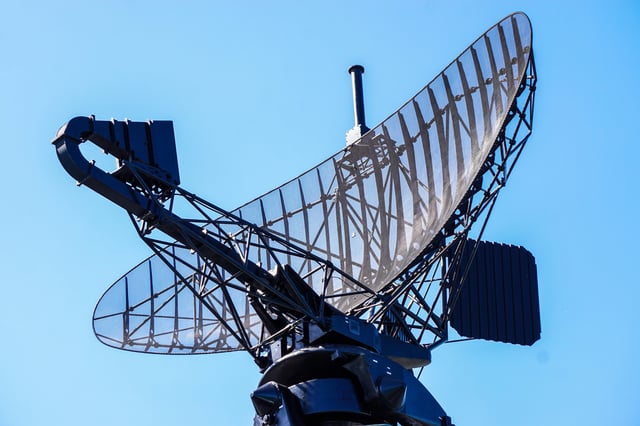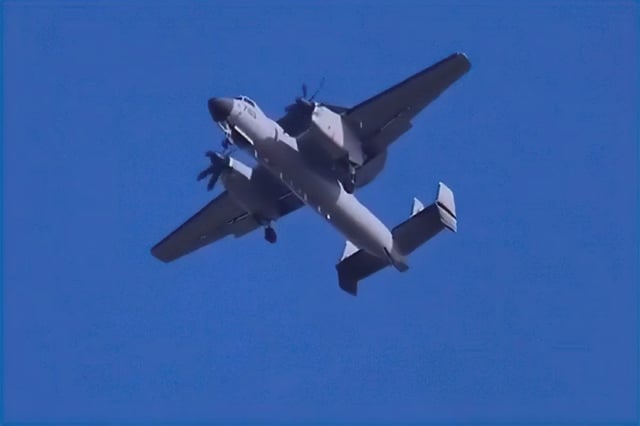Overview
- Researchers from the Air Force Engineering University describe using a frequency diverse array that assigns slightly different, time‑varying frequencies across antenna elements.
- They report simulations in which adversary systems suffer localisation errors by kilometres and more than tenfold degradation in angular accuracy.
- The team says the approach lets airborne early warning crews keep communicating with friendly forces while confusing hostile interceptors, shifting to what they call active blinding.
- Outside experts caution that real-time processing demands, precise element control, synchronisation and thermal stability, and risks of interfering with friendly systems are major hurdles.
- The account originates from the South China Morning Post and is re-reported by Swarajya, and no operational deployment or independent confirmation has been presented.


